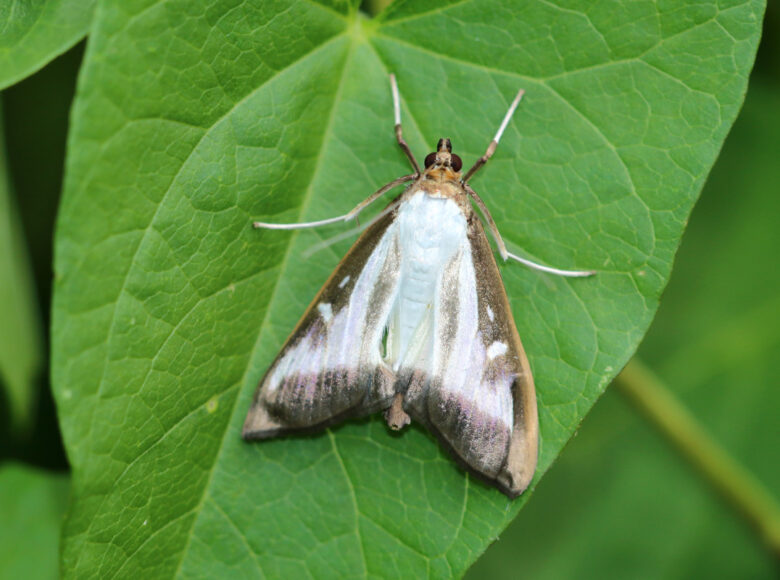Protecting your precious Boxwoods
As the vibrant greenery of summer graces the landscapes of the Niagara Region, a stealthy threat lurks amidst the beauty – the notorious box tree moth. This invasive pest has been causing havoc among our beloved boxwood plants, leaving many gardeners and homeowners grappling with its devastating effects. But fear not, for as certified arborists, we are here to offer our expertise and a comprehensive treatment plan to safeguard your precious boxwoods from the clutches of this destructive insect.
Understanding the Box Tree Moth
Originating from Asia, the box tree moth has become a formidable adversary to boxwood plants around the world. With its distinctive black and white markings, this pest might seem innocuous, but its impact is far from subtle. Box tree moths target boxwood leaves, which often leads to complete defoliation if left untreated. This loss of foliage weakens the plants, rendering them susceptible to secondary infections and environmental stressors.
The Devastating Damage
The damage caused by the Box Tree Moth goes beyond mere aesthetics. As the moth larvae feed on leaves, the plant’s ability to photosynthesize is severely compromised. This process, which is essential for growth and health, ultimately results in weakened and stunted shrubs. In severe cases, repeated defoliation can lead to the decline and death of the affected plants, leaving a once-thriving garden in shambles.
Prevention and Early Detection
Preventing a Box Tree Moth infestation is the first line of defence for your boxwoods. Here are some essential tips to consider:
- Regular inspection – Inspect your boxwoods regularly for signs of the moths, such as webbings on the leaves (inner canopy), frass, and pale and skeletonized foliage.
- Cleanliness – Remove fallen leaves and debris from around your plants, as they can harbour moth pupae and eggs.
- Natural predators – Encourage natural predators like birds and parasitic wasps that feed on the moth larvae.
- Early action – If you spot any signs of infestation, take immediate action. Calling a local arborist to confirm the pests is a great place to start.
Treatment Plan
At Safe Tree, we understand the urgency of combating the box tree moth infestation in the Niagara Region. Our certified arborists have devised a treatment plan to ease your mind! It encompasses the latest research and proven methods to save your boxwoods:
- Site Assessment: We conduct a thorough assessment of your garden to identify the extent of the infestation and determine the best course of action.
- Customized Treatments: Our experts tailor treatments to your specific situation and needs, incorporating both preventative and curative measures to tackle the infestation head-on.
- Intervention: We employ environmentally friendly solutions that target box tree moth larvae. In severe cases, we target the pest multiple times, and aid in the recovery of your boxwoods.
- Education and Support: We believe in empowering our clients with knowledge! We educate you on proper cultural practices, maintenance routines, and early detection methods to ensure the long-term health of your boxwoods.
The box tree moth may be a formidable adversary, but with our expertise and tailored treatment plans, your boxwoods can stand strong against this pest. Don’t let your cherished garden suffer – reach out to Safe Tree today and let us be your partners in preserving the beauty and vitality of the Niagara Region’s landscapes!

